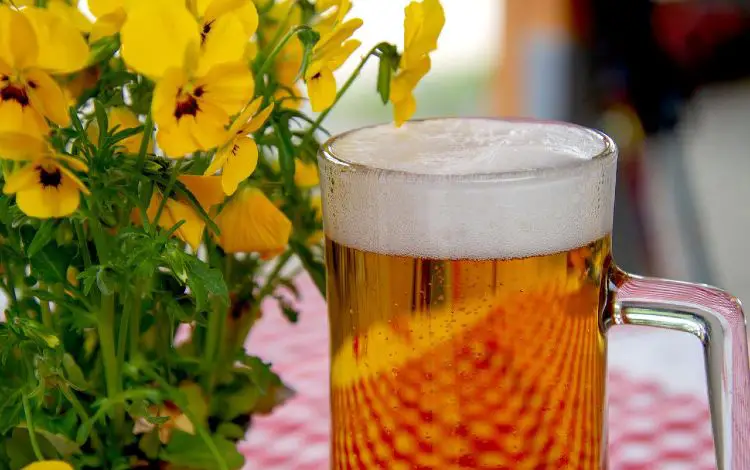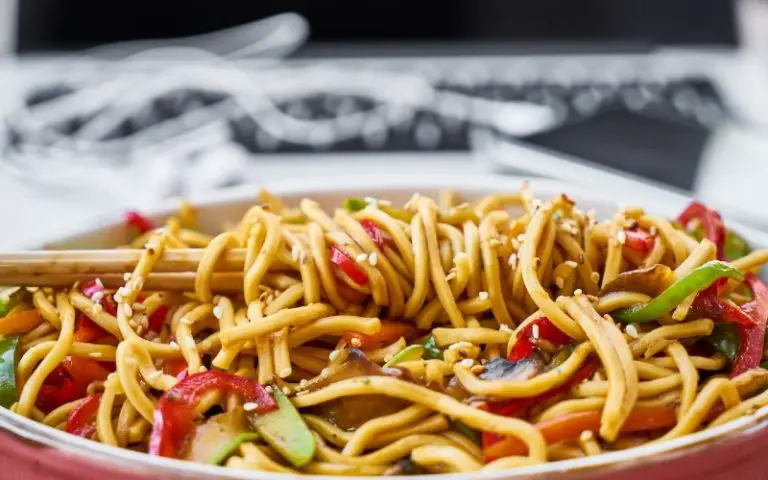All Hail Hen and Hammock
I am the first to admit it, spring is the time of year when I go into overdrive in the kitchen garden, like a madman chasing my own tail and wheelbarrow at the same time. After the dreary winter cold I also go on a little well-deserved garden shopping spree, sifting through the leaning tower of Pisa piles of mail order catalogues in my potting shed, and surfing online to check out the things I will need for the coming months.
There is one particularly good value-for-money company I love, and they are called Hen and Hammock, www.henandhammock.co.uk. The company was set up in 2005 by Andrew Jones and Debbie Nelson, in Thame Oxfordshire, with four employees. They are extremely ecologically aware and sell only very beautifully designed goods, sourced locally wherever possible, from ethical suppliers. They encourage low carbon emissions, they love to re-use and recyle and they also donate some of their profits each year to the Bumblebee Conservation Trust.
When I spend money with them, it seems like I am doing a good thing; it is a virtuous expense, one justified and jubilant.
Here are seven things that I have identified as being rather useful. Each thing will benefit you both as a cook and as a gardener, and in addition you will be doing the planet and wildlife a lot of good. See what you think.
1. Tamper and dibber
Growing your own fruit and vegetables is one of the best ways of being self-sufficient and enjoying maximum flavour. So with these you fill your little pot with compost, press the compost with the tamper, sprinkle a little water, place the seeds in and then use the dibber to press the seeds into the soil. Then you top up with compost and a little more water. Hey presto, a few weeks later out comes the seedling. It’s a marvellous gadget, and very pleasing to hold.
2. Bumble bee nester
Bumble bees are extremely useful garden and orchard pollinators. This little house has a special highlighted entrance, and it is well made in ceramic.
3. Garden riddles
These were everywhere when I was a boy, but now they have gotten much scarcer, and when you find them in antique shops they are worth a king’s ransom. You can use them to sift stones out of soil, and a good, sifted compost or soil is very useful for planting your vegetable seeds.
4. Beehive composter
This is sustainably grown pine wood, and you simply lift the lid, put in your kitchen peelings, add water, and when it is completely full just shut the lid. In about 6 months time, if you keep adding a little water now and then, you will have wonderful, homemade crumbly compost to add to your kitchen garden soil.
5. Jute carrrier
Have you ever seen such a marvellous thing as this? It is very capacious so you can put in all your fresh flower cuttings, or the weeds you have pulled up, the leaves you have raked, the logs you have chopped or even the leeks you have dug. You can then carry them wherever you want, like a swaddled baby. No messing around.
6. Bell cloche
These are invaluable if you want to protect your garden from pests, and of course in the Victorian era every household had rows of them. You can grow little salads or even use them as cheese or cake domes in the kitchen. I wash mine with hot water, a few drops of washing-up liquid and vinegar.
7. Bungee bird seeds
These come with a little string which you can use to tie to a tree. Attracting birds to your garden is one of the most important things you can do, as they eat slugs and snails. I am always feeding the birds in my garden, and as a result they are always flying around it. This is such a great invention, and made from yellow and red millet seeds. Children will love it, and it would make a great stocking-filler at Christmas.
8. Sussex trug
These are absolutely indispensible in both the garden and the kitchen. You can use it to carry apples from the orchard, shopping from the market or your gardening gloves and tools from one side of the kitchen garden to the other. They are handmade by skilled craftsmen and the whole trug-making industry helps to support valuable woodland and wildlife which depend on traditional coppicing.
Website: www.henandhammock.co.uk


